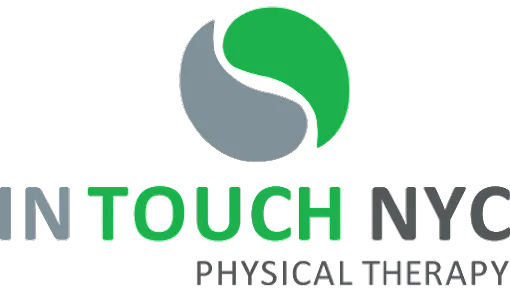Earning its name from its participation in everything from intimacy to childbirth, from creating trust between strangers to building lasting friendships, oxytocin is one of the most influential hormones in the human body.
Oxytocin is important in creating those romantic feelings you have for your partner on Valentine’s Day, but it also has an important role to play in physical therapy. Released through touch during treatment, oxytocin can boost your PT experience and speed you on your way to healing. Read on to learn more about how.
Oxytocin’s Role In The Body
Oxytocin is a hormone released by the pituitary gland in response to certain triggers, such as the pressure of a baby on the mother’s pelvic floor before childbirth, a friendly touch, or sexual interactions.
Once released, oxytocin has a powerful effect on your mind and body. Most famously, oxytocin triggers contractions during childbirth, stimulates lactation so a new mother can nurse her baby, and contributes to the powerful mother-child bonding that occurs immediately after birth.
However, oxytocin has other roles in the body, for both men and women. In fact, you probably experience the effects of oxytocin every day, whether you realize it or not. Here are just a few of the ways the love hormone can impact your everyday life.
Oxytocin helps us form relationships
Whether released through a handshake to help you trust a stranger more easily, or through a warm hug from a friend, oxytocin helps us to develop the interpersonal connections we need as human beings. The result? Oxytocin plays a role in almost every relationship you have that involves physical touch.
Oxytocin deepens our romantic connections
True to its name as the “love hormone,” oxytocin also plays a central role in our romantic relationships. In particular, our bodies release this hormone in response to intimate touch with our partners, creating a deeper bond and facilitating our feeling of being in love with another person.
Oxytocin relieves pain and stress
Oxytocin’s role as a pain and stress reliever is less well known than its other roles, but the reality is that this hormone can help us feel calmer and soothe our pain. This means that a massage, a hug, or even exercise can trigger the release of feelings of calm, comfort, and relaxation.
The Role Of Touch In Physical Therapy
Touch is the most common trigger for the release of oxytocin, and touch is a common tool in physical therapy for helping patients get started on the path to health. While some PT can be completed verbally (e.g. Explaining specific exercises), the therapist will also often use touch.
How does PT incorporate touch? Here are just a few ways that physical contact can support a positive experience for patients:
- Assisting with proper technique for an exercise
- Evaluating an injury or pain
- Identifying an area of discomfort
- Providing a massage
- Stretching a muscle
- Rotating a joint to evaluate or improve range of motion
- Communicating empathy and compassion
Thanks to the central role of touch in physical therapy, oxytocin also has a role to play in providing healing and support to patients looking for customized and compassionate treatment. Every time a therapist touches their patient, they trigger a release of oxytocin (as well as other positive hormones) that can help to boost their patient’s mental and physical health and speed their recovery.
Effects of Oxytocin in Physical Therapy
So what effect does the love hormone have in a physical therapy session? Oxytocin can actually boost a patient’s physical therapy experience in a number of ways, from improving the relationship with their therapist to easing their pain.
Oxytocin builds trust between therapist and patient
In order for PT to work, a patient must trust their therapist enough to complete their exercises, describe their pain, or even show up for treatment sessions on a regular basis. While a professional provider, and the improvement of pain and mobility over time, all contribute to this trust, oxytocin has a role to play as well.
Every time a therapist touches a patient, the corresponding release of oxytocin helps to communicate the therapist’s compassion, empathy, and support to the patient in a very powerful way. This sense of confidence can enable a more positive relationship between therapist and patient that can lead to more positive results from treatment.
Oxytocin calms the body’s stress response
Injury, disease, and immobility can be very stressful for patients. Physical therapy can also be stressful: Nerves about what to expect, discomfort from building strength and mobility, and even anxiety around learning new exercises and healing techniques can all create stress.
Oxytocin helps to relieve this stress response in patients’ bodies, much the same way that it relieves stress and promotes a sense of relaxation when you exercise. As patient’s relax, their bodies are better able to complete and respond to their PT treatment plan.
Oxytocin builds resilience
A central trait in a successful recovery is resilience: The ability to embrace, and persevere through, treatment, even when it is difficult or uncomfortable. Stress, pain, and anxiety can all interfere with a patient’s resilience, and with their recovery.
Oxytocin can help. Its pain-relieving and stress-reducing properties can actually raise a patient’s pain threshold and increase their confidence in the effectiveness of their treatment program. That makes it easier for them to handle obstacles, challenges, and discomfort along the way to their recovery.
It turns out that the love hormone has applications beyond just building romantic bonds. As Valentine’s Day approaches, appreciate this hormone’s effects on your romantic relationships, but remember that it can also help you build a stronger body through physical therapy.
Here at In Touch Physical Therapy, our compassionate and skilled physical therapists are prepared to journey with you on your path back to health. Contact us today to learn more about how our customized treatment plans can help you!



